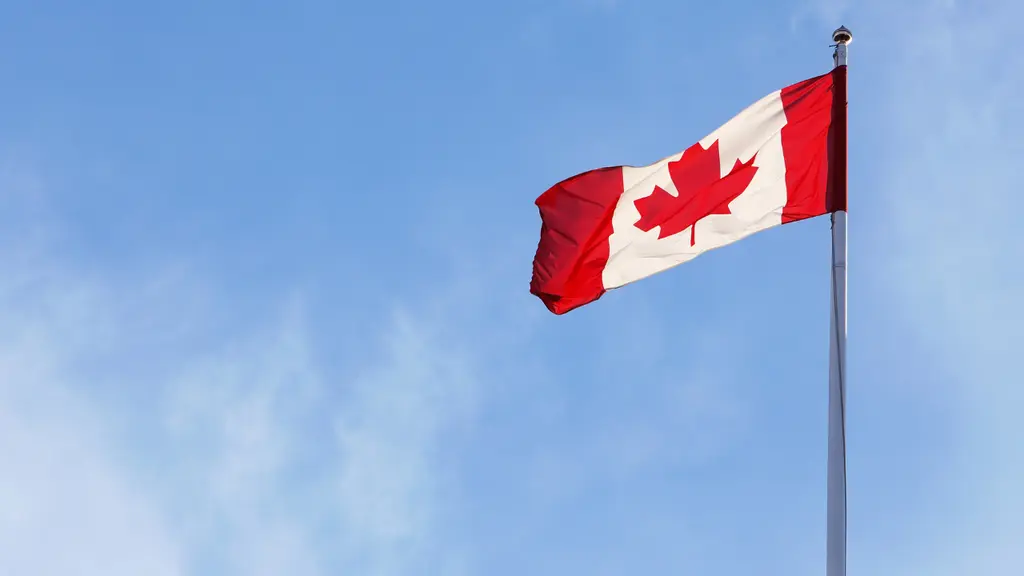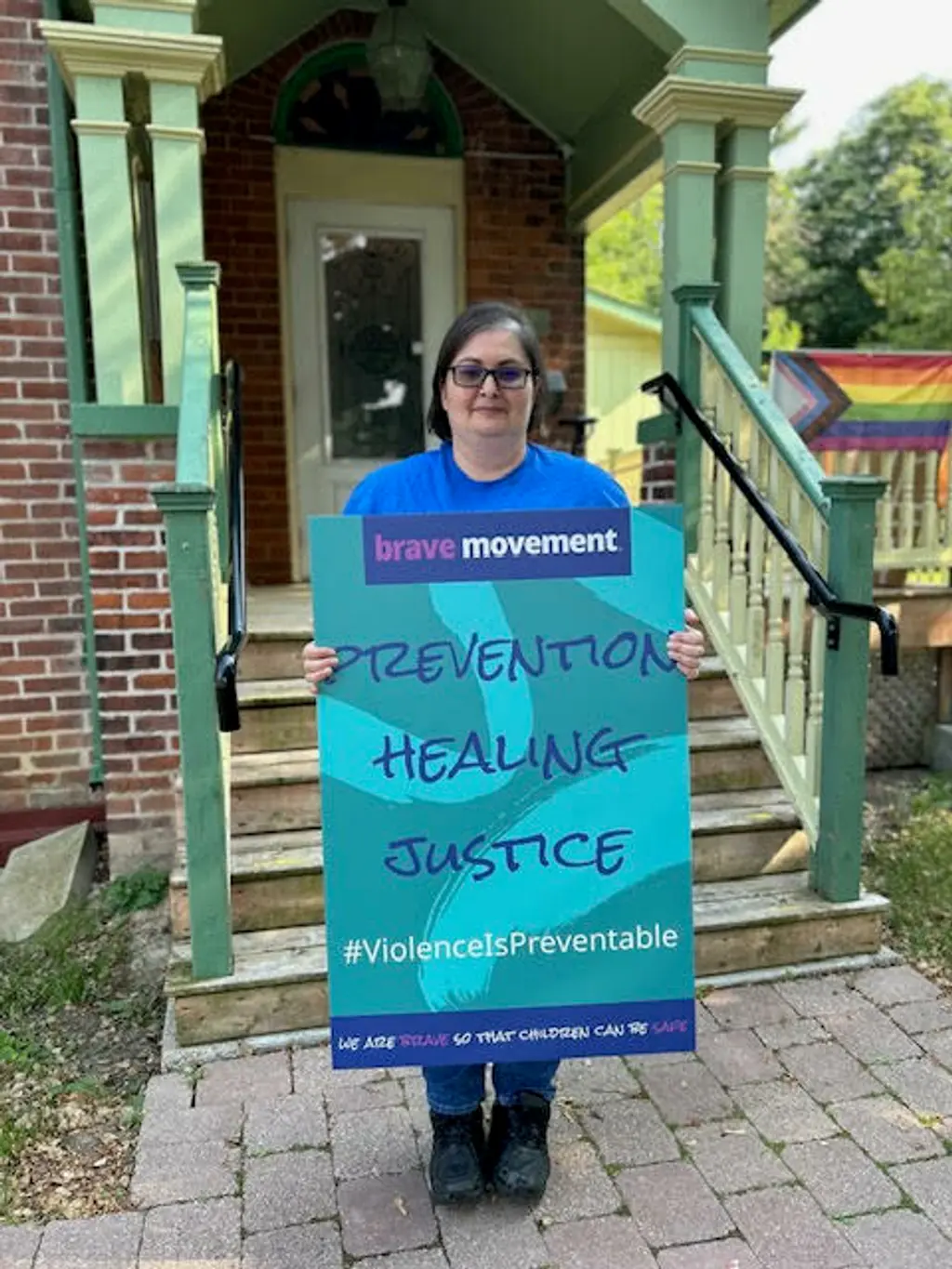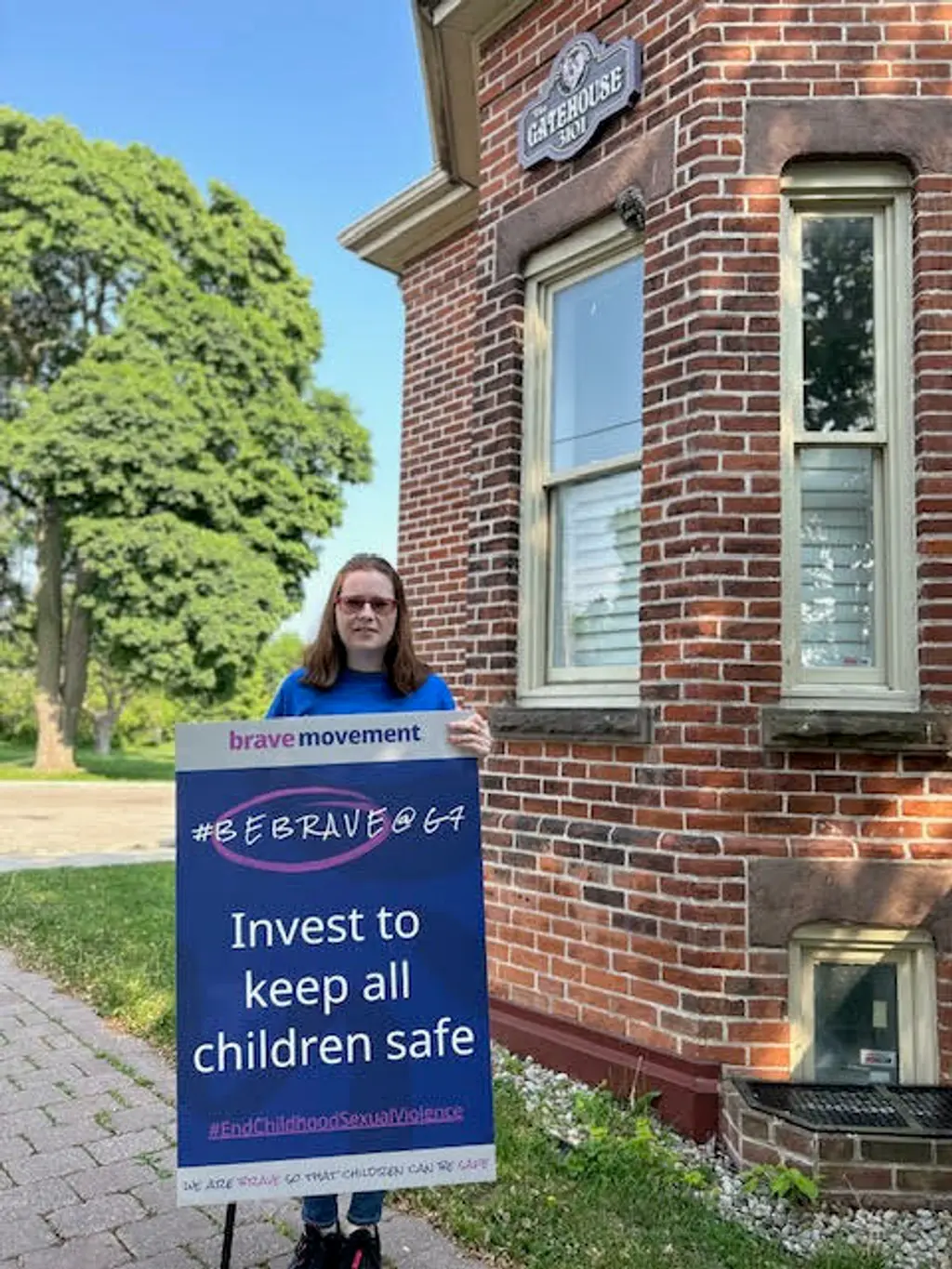Sensitive content
This site contains sensitive content that includes references to sexual violence.

Canada is the third best performer among G7 countries, but has still made only limited progress on ending childhood sexual violence at home and around the world.
Canada's financial commitment to global child protection remains inadequate at just 0.38% of GNI (1) —far below the UN's 0.7% target—and is set to deteriorate further with projected cuts of CAD 2 billion by 2027 (2). While contributing USD 6.18 per capita to UNICEF, this represents a fraction of what's needed from a G7 nation to address the worldwide crisis of childhood sexual violence (3).
Canada is one of the few G7 countries that has no criminal statutes of limitations for most childhood sexual violence crimes (4).
Canada has failed twice to pass comprehensive online safety legislation. The Online Harms Act (Bill C-63), which would have created platform accountability and a Digital Safety Commission, died when Parliament was prorogued in January 2025, leaving critical gaps in online protection despite Canada committing USD 39.7 million in March 2025 to combat online sexual exploitation (5). According to the latest release of police-reported crime data, incidents involving the making of or distribution of CSAM have increased by 80.2% compared to 2023 (6).
The Survivors Council of Canada was established in 2024, representing an important and positive step forward, but it operates on a volunteer basis and would benefit from formal government partnership (7).
While Canada has outlined efforts to address childhood sexual violence in a National Strategy for the Protection of Children from Sexual Exploitation on the Internet, this strategy does not adequately address prevention, healing and justice (8).
Canada’s role as the 2025 G7 Summit host, at the forum’s 50th anniversary, presents a defining opportunity to prioritize child protection globally. This year’s Summit takes place as Canada continues its own journey of addressing historic, institutional abuse against children from Indigenous communities.
While Canada has recently committed up to CAD 40 million in federal funding to combat online sexual exploitation, Indigenous leaders continue to urge the government to more decisively implement recommendations from the Truth and Reconciliation Commission and MMIWG2S+ Calls for Justice. This convergence of Canada’s hosting responsibilities, a historic milestone for the Summit, and powerful domestic movements creates a window of opportunity for leadership in advancing child safeguarding measures.
By centring survivor voices through national survivor councils, enforcing robust online safety legislation and eliminating statutes of limitations, Canada has the opportunity to powerfully leverage its own experiences to drive global accountability across the G7 and beyond.






